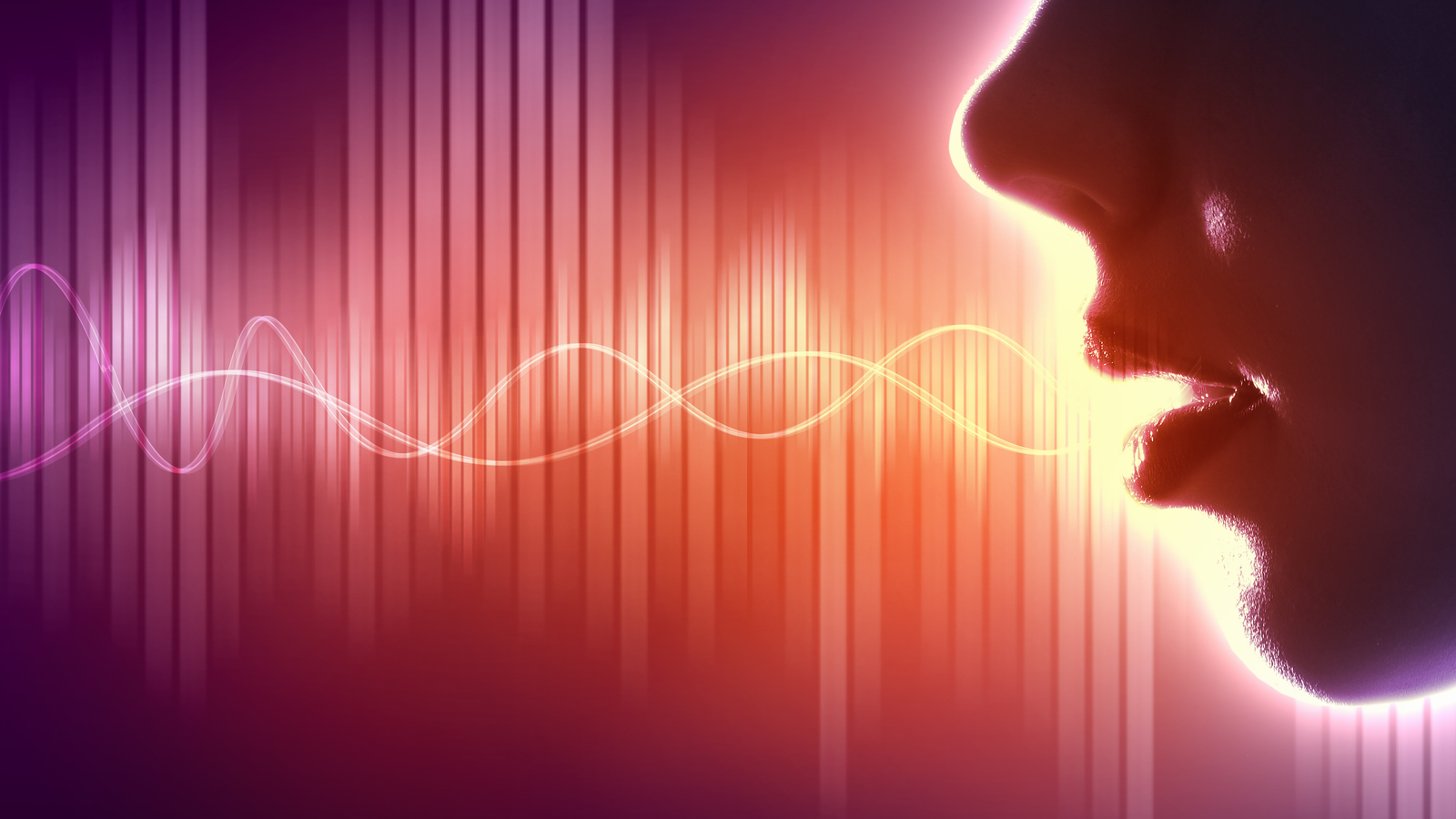
The dimensions of perceptual quality of sound source separation. IEEE Signal Processing Magazine 36 (1): 31–40.Ĭano, E., J.

Musical source separation: An introduction. Acta Acustica United with Acustica 86 (1): 117–128.Ĭano, E., D. The cocktail party phenomenon: A review of research on speech intelligibility in multiple-talker conditions. The Journal of the Acoustical Society of America 142 (4): 1784–1795.īronkhorst, A., and T. On the authenticity of individual dynamic binaural synthesis.

The contribution of head movement to the externalization and internalization of sounds. Garching by Munich, Germany: Deutsche Gesellschaft für Akustik (DEGA).īrimijoin, W., A. In 44th Annual Meeting on Acoustics (DAGA). Redmond, USA: Audio Engineering Society (AES). In AES International Conference on Audio for Virtual and Augmented Reality. Plausible augmentation of auditory scenes using dynamic binaural synthesis for personalized auditory realities. Cambridge, MA: MIT Press.īrandenburg, K., E. Spatial Hearing: The Psychophysics of Human Sound Localization, revised, 2nd ed.

Perception and Psychophysics 6 (29): 578–584.īlauert, J. Cross-modal bias and perceptual fusion with auditory-visual spatial discordance. Journal of the Audio Engineering Society 49 (10). Direct comparison of the impact of head tracking, reverberation and individualized head-related transfer functions on the spatial perception of the virtual speech source. Journal of Experimental Psychology, Human Perception and Performance 21 (2): 239–256.īegault, D.R., and E.M. Contribution of listeners’ approaching motion to auditory perception. Journal of the Audio Engineering Society 52 (11): 1142–1156.
#AUDITORY ILLUSIONS GIRL UPDATE#
I plan to update it to a newer version soon and that update should bring in a bunch of new word senses for many words (or more accurately, lemma).Algazi, R., R.O.
#AUDITORY ILLUSIONS GIRL CODE#
Special thanks to the contributors of the open-source code that was used in this project: the UBY project (mentioned above), and express.js.Ĭurrently, this is based on a version of wiktionary which is a few years old. I simply extracted the Wiktionary entries and threw them into this interface! So it took a little more work than expected, but I'm happy I kept at it after the first couple of blunders. The researchers have parsed the whole of Wiktionary and other sources, and compiled everything into a single unified resource. That's when I stumbled across the UBY project - an amazing project which needs more recognition. However, after a day's work wrangling it into a database I realised that there were far too many errors (especially with the part-of-speech tagging) for it to be viable for Word Type.įinally, I went back to Wiktionary - which I already knew about, but had been avoiding because it's not properly structured for parsing. This caused me to investigate the 1913 edition of Websters Dictionary - which is now in the public domain. I initially started with WordNet, but then realised that it was missing many types of words/lemma (determiners, pronouns, abbreviations, and many more). The dictionary is based on the amazing Wiktionary project by wikimedia. And since I already had a lot of the infrastructure in place from the other two sites, I figured it wouldn't be too much more work to get this up and running.

I had an idea for a website that simply explains the word types of the words that you search for - just like a dictionary, but focussed on the part of speech of the words. Both of those projects are based around words, but have much grander goals. For those interested in a little info about this site: it's a side project that I developed while working on Describing Words and Related Words.


 0 kommentar(er)
0 kommentar(er)
